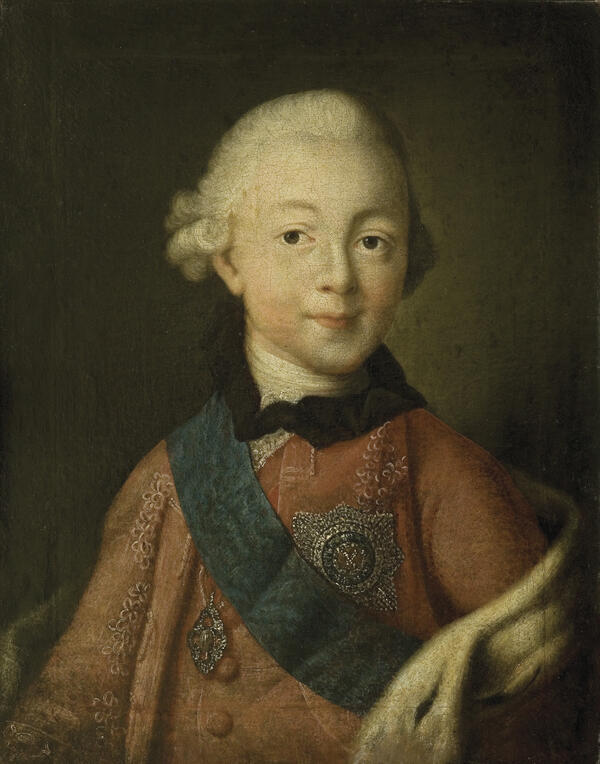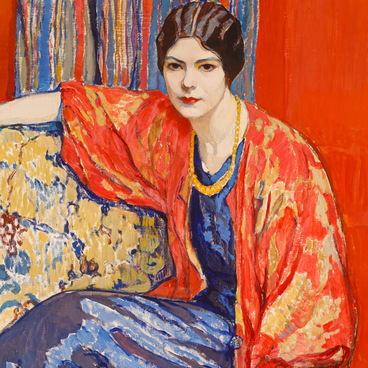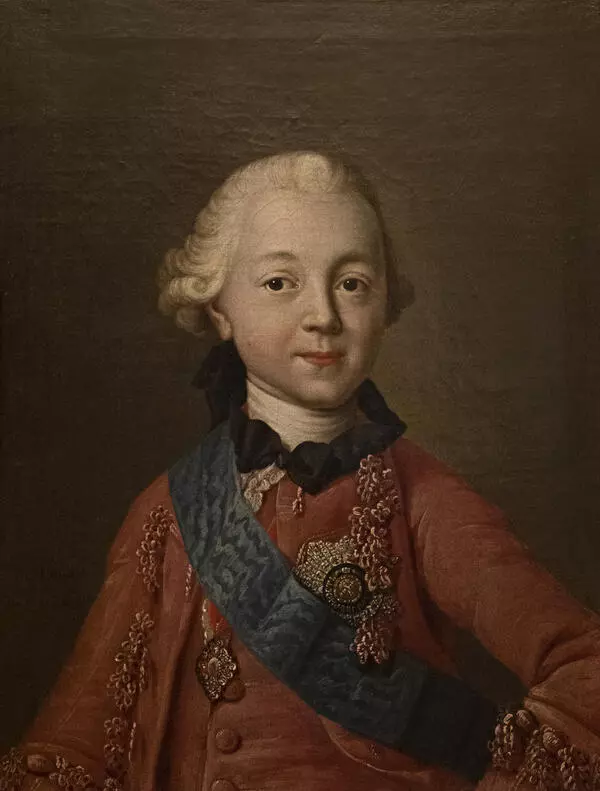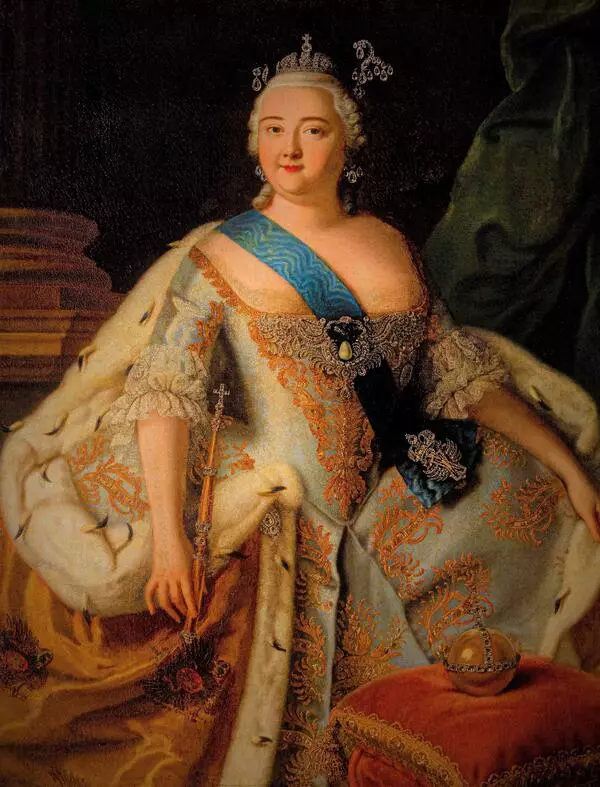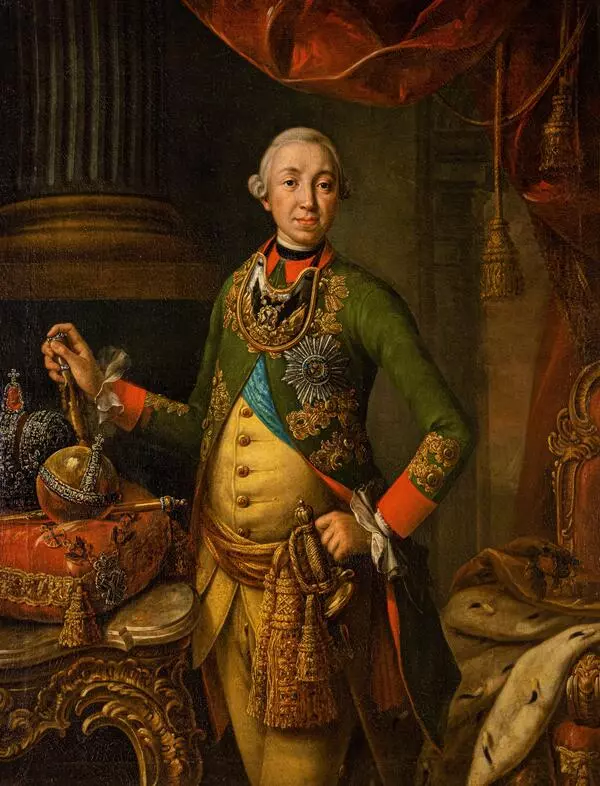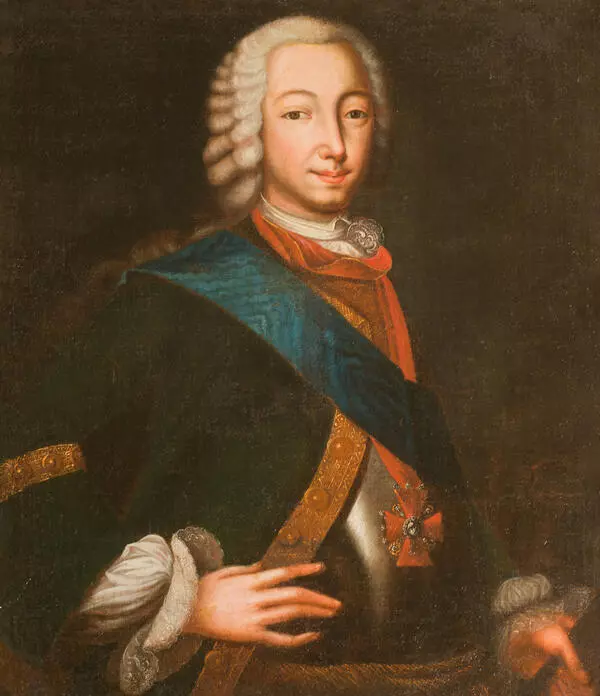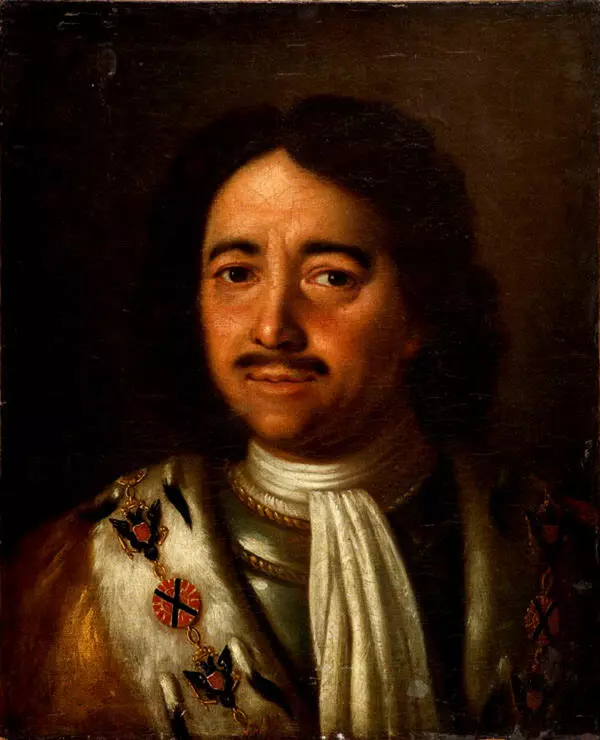In the portrait by Alexei Antropov, the future Emperor Paul I is 10 or 11 years old. By that time, his father Peter III had already died. According to one theory, he was murdered as part of the coup conspiracy organized by Paul’s mother Catherine II to seize the Russian throne. Paul was a long-awaited successor to the throne but had one of the most tragic fates among all representatives of the House of Romanov.
Almost immediately after birth, Paul was taken from his mother, and the two of them never developed a healthy relationship. The boy was lonely, quick-tempered, vulnerable, and anxious. He sought revenge for his father’s death and feared that he would face the same end. Paul was brought up by the best teachers, was provided with atlases printed specifically for him, and constantly received new books but he grew up away from the Imperial Court, and Catherine did not intend to leave the throne to him. Paul I was coronated only at the age of 42 and was cruelly murdered by conspirators in his own castle four years later.
The painter Alexei Antropov was one of the first Russian artists who painted portraits from life and the founder of the Russian portrait school. In his time, the secular portrait became the main genre of painting and was actively supported by the government. The artist’s works were still heavily influenced by the icon painting traditions: they were characterized by a frontal composition, a vacant stare, and an olive and black color palette. Although his portraits resemble parsunas, the painter strived to achieve an accurate and faithful representation of the appearance. Alexei Antropov also created the portraits of Paul’s parents Catherine II and Peter III, as well as his grandmother Elizabeth and great-grandfather Peter the Great.
Alexei Antropov was born into a family of a government official in 1716. As a young artist, he worked at the Summer Palace, Tsarskoye Selo, and Peterhof, participated in painting the plafond of the Winter Palace and the ceiling of Saint Andrew’s Church, and created decorations for the Opera House.
The painter was officially recognized at the age of 33. He opened his own studio and a private school and started teaching. His art influenced the following generation of Russian portraitists, including Dmitry Levitzky, Fyodor Rokotov, and Vladimir Borovikovsky.
Almost immediately after birth, Paul was taken from his mother, and the two of them never developed a healthy relationship. The boy was lonely, quick-tempered, vulnerable, and anxious. He sought revenge for his father’s death and feared that he would face the same end. Paul was brought up by the best teachers, was provided with atlases printed specifically for him, and constantly received new books but he grew up away from the Imperial Court, and Catherine did not intend to leave the throne to him. Paul I was coronated only at the age of 42 and was cruelly murdered by conspirators in his own castle four years later.
The painter Alexei Antropov was one of the first Russian artists who painted portraits from life and the founder of the Russian portrait school. In his time, the secular portrait became the main genre of painting and was actively supported by the government. The artist’s works were still heavily influenced by the icon painting traditions: they were characterized by a frontal composition, a vacant stare, and an olive and black color palette. Although his portraits resemble parsunas, the painter strived to achieve an accurate and faithful representation of the appearance. Alexei Antropov also created the portraits of Paul’s parents Catherine II and Peter III, as well as his grandmother Elizabeth and great-grandfather Peter the Great.
Alexei Antropov was born into a family of a government official in 1716. As a young artist, he worked at the Summer Palace, Tsarskoye Selo, and Peterhof, participated in painting the plafond of the Winter Palace and the ceiling of Saint Andrew’s Church, and created decorations for the Opera House.
The painter was officially recognized at the age of 33. He opened his own studio and a private school and started teaching. His art influenced the following generation of Russian portraitists, including Dmitry Levitzky, Fyodor Rokotov, and Vladimir Borovikovsky.
